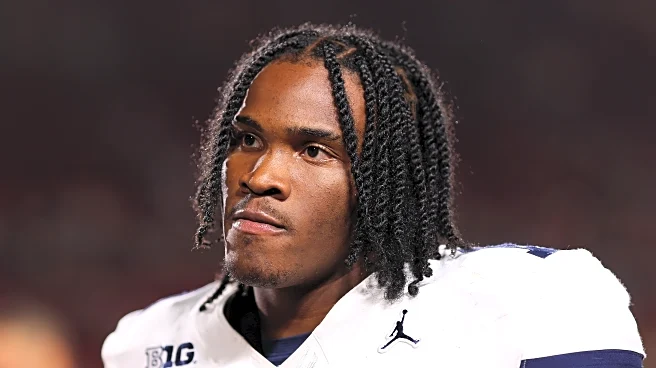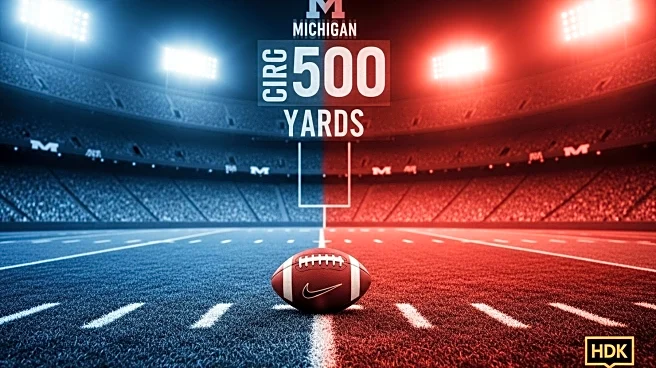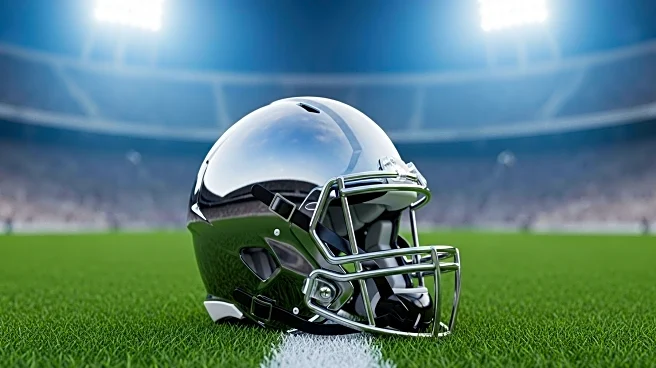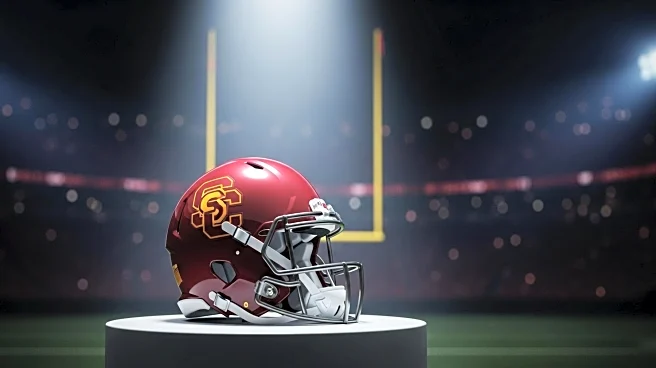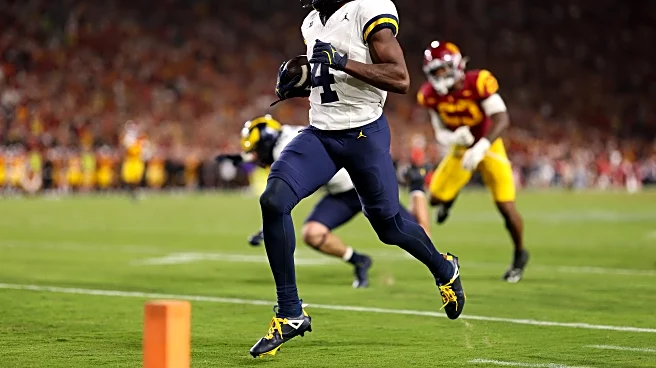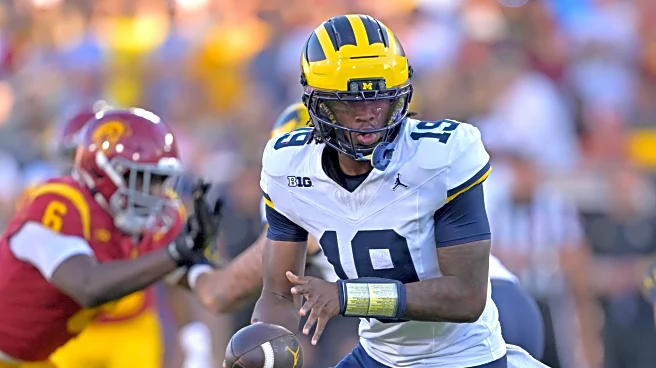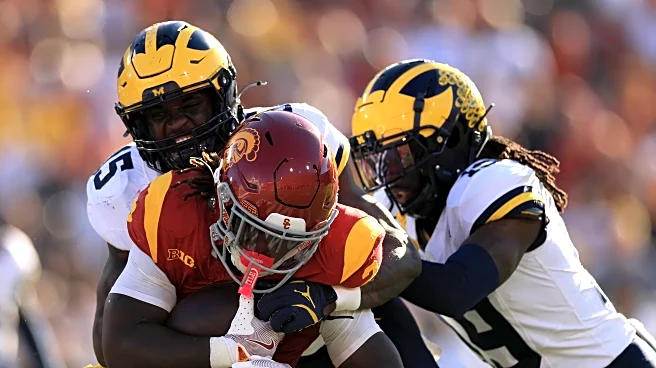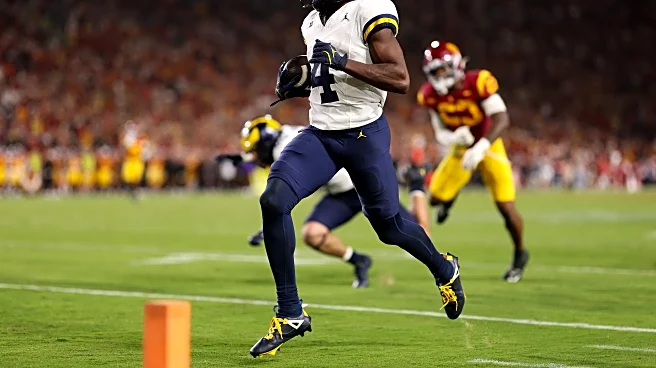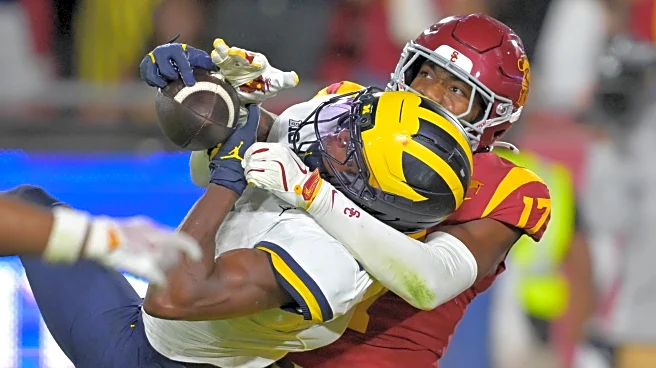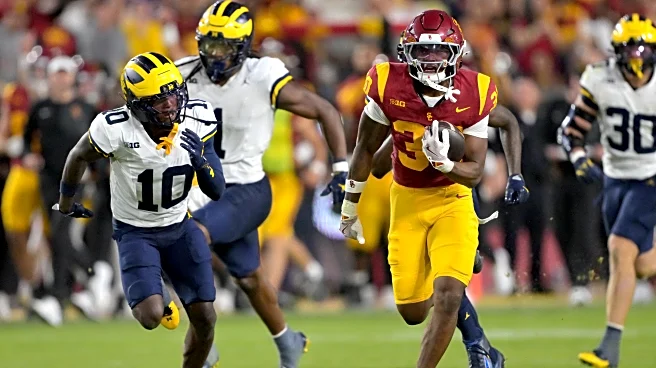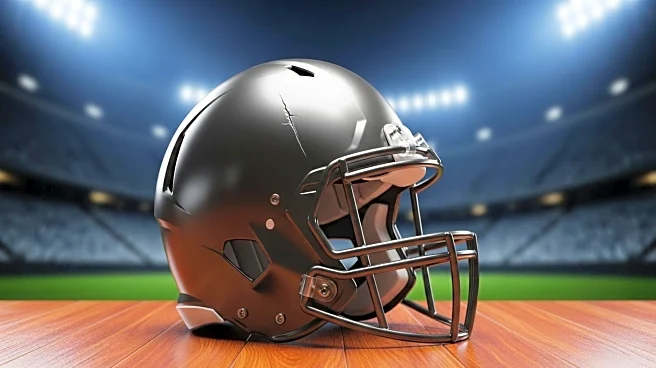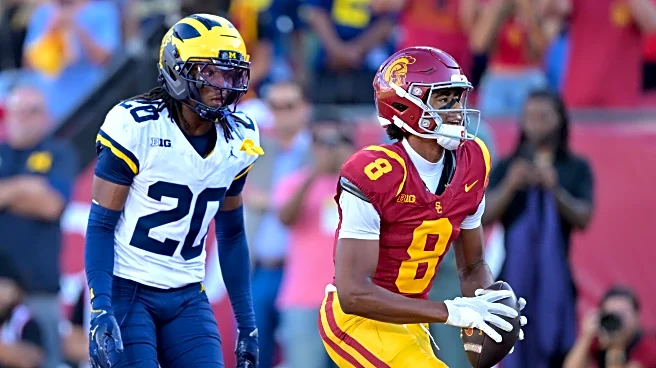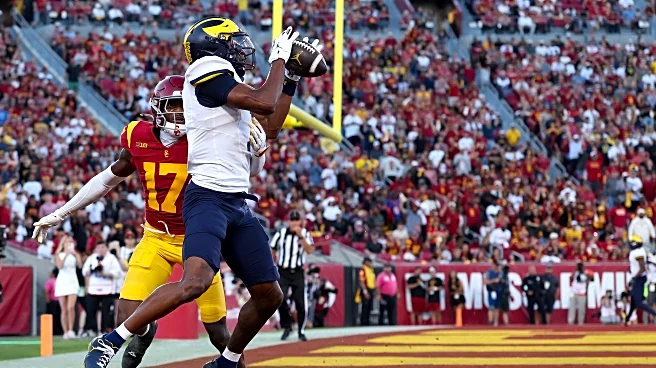The Michigan Wolverines fell to USC 31-13 last Saturday and somehow it felt worse. From the opening snap to the final one, USC was the more prepared team and never failed to capitalize when presented with an opportunity. Meanwhile, the Wolverines never missed an opportunity to miss an opportunity.
Any time Michigan had any momentum, anything positive went their way; miscues and mistakes ultimately doomed the team from capitalizing. One step forward, two steps back. Over and over again. Perhaps that
is what’s so frustrating about this team. There is a good team inside Schembechler Hall, maybe even a great one. But there is also a bad team lurking in the cracks of the foundation.
Here are three examples of those cracks undermining the base of this team and stopping Michigan’s momentum in its tracks.
Brandyn Hillman missed tackle
Yes, this play. Facing a third-and-forever, 29 to be exact, from their own 32-yard line, USC surrendered. Head coach Lincoln Riley waved the white flag and conceded to running the football and playing the field position game with a seven-point lead. Michigan anticipated USC to stay aggressive, but also did not want to be reckless in case of a run. After all, the Wolverines were set up to get the ball back with a chance to tie the game.
Defensive coordinator Wink Martindale sent out Michigan’s best pass-rushing grouping up front – Jaishawn Barham, Rayshaun Benny, Derrick Moore, and Cam Brandt – and played a conservative Cover 4 behind it. Despite showing pressure, both linebackers would drop into coverage. More or less, a perfectly safe defensive call in this situation.
USC came out with an 11-personnel grouping and an unintentional tell on the line of scrimmage. The right tackle is playing a half-yard deeper than the left tackle, signaling a pull. Benny points this out to linebacker Jimmy Rolder and Derrick Moore pre-snap. The defense is set.

At the snap, Benny’s indicator proved accurate as the backside tackle and guard pulled for a classic G/T counter play. Benny shoots down the line and is chipped just enough by the center to be negated, while Jaishawn Barham has to account for the quarterback run back-side. Play-side, Derrick Moore is washed in a double-team and Cam Brandt sets a hard edge on the pulling guard.
Getting to the next level, linebacker Ernest Hausmann cannot get underneath the pulling tackle, but keeps the play leveraged appropriately for the defense. Rolder also cannot defeat the tight end’s block, but again, the play is being funneled correctly.
Going back to the start of the play, in an ideal world, Benny is too quick for the center to reach him or Brandt blows up the pulling guard or Hausmann slips under the block or Rolder beats the tight end to the hole. But none of that happens, and in this instance, it’s okay. The Trojans need 29 yards and the play has been isolated and funneled to the two safeties in the middle of the field.
If executed perfectly by safety Brandyn Hillman, at the most, accounting for momentum and falling ahead, this play should go for eight to 12 yards. If executed poorly, say Hillman misses the tackle, but maintains leverage, the play is funneled to Rod Moore, who mitigates the gain to 12 or 15 yards, at worst. The absolute, most important ONLY thing Hillman cannot do is let the running back get outside of him. And what happens? Hillman overpursues going for the big hit, forfeits leverage by attacking the wrong shoulder, and the running back picks up 49 yards.

The defense gave Hillman insurance – if you miss, just miss to the left – and he still misplayed it by attacking to the right. This play completely took the air out of Michigan’s sails on the sidelines, and it was not surprising to see Hillman on the bench after this massive miscue. Hopefully, he at least sat on the left side of the bench.
Byce Underwood Interception
Even after falling behind by two touchdowns and missing countless individual assignments, the Wolverines were not out of this one. After forcing an interception for the tenth consecutive game, Michigan was putting together one of its best drives of the night.
Following gains of six, six, 13, 10, two, 19, and 11 yards, the Wolverines were set up with a new set of downs at the USC 29 with just under two minutes remaining in the third quarter. Momentum had fully switched addresses. Going for it all, offensive coordinator Chip Lindsey draws up a beautiful six-offensive linemen formation to sell split-zone play-action and goes deep for wide receiver Andrew Marsh. Unfortunately, Marsh is unable to haul in the 50/50 ball at the goal line.
Second down.
Given the RPO next, quarterback Bryce Underwood is scared off by the crashing safety outside and instead hands off to running back Bryson Kuzdzal for a gain of zero. Even with the safety coming downhill, the read here is to throw the ball to Semaj Morgan, who at least picks up positive yardage. Not to be mean, but unless Goliath and the Philistines are positioned to the outside, the ball should not be going to Kuzdzal in this critical of a moment.
Third down.
Michigan comes out in 11-personnel with tight end Hogan Hansen isolated to the top of the formation and three receivers to the bottom. Morgan is nearest to the line, Marsh is in the slot, and McCulley is the split end. The play is a flood variation designed to overload zone defenses. McCulley is going to clear out on the ‘Go’ route. Marsh and Morgan are going to switch release, with Marsh running a hook (crosser if man) and Morgan running a sail out-route. Kuzdzal is going to work into the flat 10 yards underneath Morgan, and Hansen is running a backside post route. A staple concept of this offense and a play Underwood is comfortable reading.
Pre-snap, Underwood scans the field and sees no safeties. Cover Zero, perfect. The ball is going to Donaven McCulley on the ‘Go.’ However, this is exactly what USC wants. At the snap, the Trojans roll into a Tampa 2 variation with two-deep safeties and 6’6 linebacker Eric Gentry patrolling the middle of the field. Underwood had already predetermined where he was going with the ball and never saw the deep half-field safety.
Interception.

In the true freshman’s defense, who had Morgan breaking wide open for the first down, Underwood never had much of a chance with center Greg Crippen getting inexcusably smoked in pass protection. Due to consistently bad offensive line pass pro, Underwood has been forced to make the majority of his reads pre-snap, pull the trigger, and hope for the best. Pull and pray. To be fair, Underwood absolutely cannot turn this ball over, but he isn’t the only one shouldering the blame on this one.
Failed Two-Point Conversion
FINALLY! Michigan scored another touchdown to show a sign of life. It’s a long shot, but the Wolverines had a pulse with just over nine minutes remaining. Although vibes would dictate just kicking the extra point to sustain the momentum, the analytics say go for two. Michigan listens to the nerds and aligns for the two-point conversion.
Let’s start with the play call. Not to be that guy, but is USC really stopping running back Jordan Marshall from gaining three yards out of Mammoth personnel or a six-offensive linemen grouping in this situation? Marshall averaged nearly five yards a carry in this game and runs with the force of the stampede that trampled Mufasa. I digress.
Michigan comes out with 13-personnel and immediately aligns with a quads look to the bottom and McCulley isolated to the top of the formation. With the defensive substitution rules, you would anticipate Michigan substituting, staying in the huddle as long as possible, quick-snapping, and throwing to Marshall with three blockers and an almost guaranteed leverage advantage.
But with those substitution rules being lenient at times to help the defense, let’s say Michigan aligns in a heavy or unbalanced formation, indicating run, and then quickly shifting into this look. Once again, this would create an opportunity for a leverage advantage as the defense has adjusted quickly and at minimum, gives the Wolverines another option. However, Michigan breaks the huddle in the static final formation, the defense considers a late substitution so the ball is held, and Underwood throws the fade to an isolated McCulley.

The most frustrating part is that the route is still there! After all of my preamble kicking and screaming, the throw is available. But it’s a bad throw. Underwood needs to put air and touch on this ball and let McCulley either run underneath it or rise up and make a play. Instead, the ball is too flat and sails out of bounds.
When the fault is this diverse and the miscues are mounting to this degree, it’s easy to blame the players or the play-callers. But the abundance of evidence and the inattention to detail point to a bigger problem, and one that falls on the shoulders of the head coach. Sherrone Moore finds himself at an early inflection point in his career. With a game against Washington that could, fair or unfair, be the difference in the start of a winning streak, or the start of a decline that leads to the Detroit Tigers inquiring about a new third base coach. We’ll see how Moore handles the momentum.
